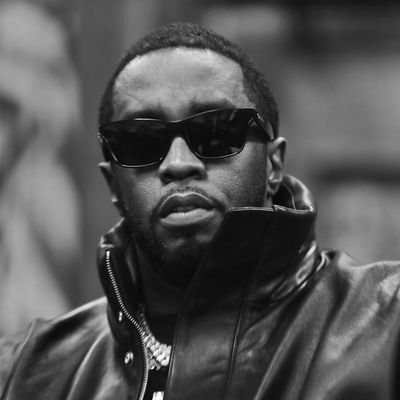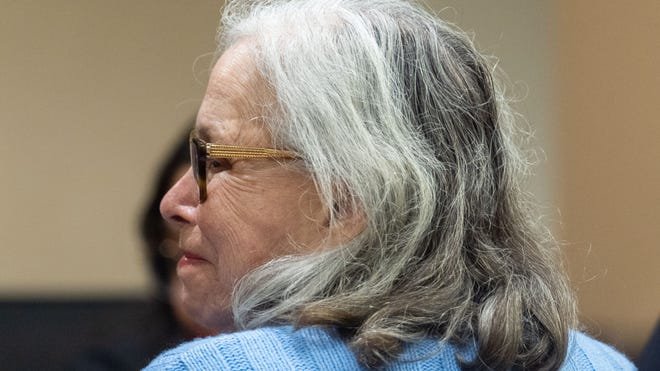
By The General Justice Lawyer, June 28 2025
New York, USA — This has been an eventful seven weeks. The trial of the United States v Sean “Diddy Combs” started on May 12. I’ve been live updating on X since pre-trial. It has been stressful but I love what I do.
Now, let’s dive into that legal analysis, shall we?
After seven weeks, the prosecution and the defense rested their cases. Solely based on, what was said during the testimonies, the crosses and redirects, I’ve crafted the legal analysis you’re about to read.
As the jury begins deliberations in Sean “Diddy” Combs’ federal sex trafficking and racketeering trial, the central question on everyone’s mind is: based solely on what unfolded in court, is Diddy likely to go to prison? Here’s a balanced breakdown of the legal strategies, evidence, and issues presented by both sides.
Prosecution’s Case
The prosecution’s strongest moment came from tying specific violent incidents and “Freak Offs” to financial dependency, reinforced on rebuttal by showing that consent is vitiated by control.
The government relied on testimony from accusers, financial and digital evidence, and text messages, arguing that Diddy used force, coercion, and financial control to orchestrate commercial sex acts.
The prosecution’s strongest points were the linkage of violence and “Freak Offs” to financial dependency and the emphasis, especially in rebuttal, that consent is vitiated by control.
Prosecutors sought to reinforce their narrative by using evidence and testimony to map conduct to the statutory elements of sex trafficking and racketeering. Prosecutors worked to map testimony and evidence directly onto statutory elements, underscoring that financial support or threats could constitute coercion.
Defense’s Case
The defense called no witnesses. Instead, it relied entirely on cross-examination of the government’s witnesses and closing argument to raise reasonable doubt.
This is a recognized strategy in federal criminal trials, as the defense is never required to present its own evidence.
The defense’s approach was to challenge the prosecution’s witnesses on credibility, point out inconsistencies, question motives (such as financial gain or civil litigation), and argue that the relationships in question were consensual, not criminal.
The defense also highlighted the lack of co-conspirators for the racketeering count and maintained that payments were for “time” and companionship, not for sex.
The defense argued that the payments described by witnesses were for companionship or time, not for sex. Defense counsel also pointed to the absence of indicted co-conspirators, questioning the strength of the racketeering charge.
What Each Side Brought to the Table
On one hand, Prosecution offered a legally precise theory: that federal sex trafficking law requires only proof of force, fraud, or coercion linked to a single commercial sex act. Their case was built on direct witness testimony and supporting evidence intended to closely track statutory language.
On the other hand, Defense, by presenting no witnesses, signaled confidence that they could raise enough reasonable doubt through cross-examination and argument alone. Their approach was to dismantle the prosecution’s narrative and sow uncertainty about the nature of the relationships and the credibility of government witnesses.
Cross-Examination’s Role
With no defense witnesses, all cross-examination in this case was conducted by the defense questioning government witnesses, testing their accounts, challenging their motives, and attempting to expose contradictions or uncertainties. In a Federal court, defense only needs to instill reasonable doubt. It’s not mandatory to prove innocence.
Application to the Charges
- For sex trafficking, conviction depends on whether the jury finds even one act was compelled by force, fraud, or coercion.
- For racketeering, the government must show use of an enterprise to commit crimes, regardless of the number of defendants.
Neutral Bottom Line
Both sides advanced plausible legal theories grounded in the record. If jurors accept the prosecution’s framing of coercion and control, conviction and prison are likely.
If the defense created sufficient reasonable doubt, on intent, consent, or linkage between violence and commercial sex, acquittal remains possible.
The final outcome rests solely with the jury.
Let’s remember here that, Teny Geragos filed a motion of acquittal under rule 29, to which, Judge Subramanian has not ruled on yet.
Follow @genjustlaw for live updates on the Diddy Trial and soon on the Bryan Kohberger Trial
Author

Latest entries
 Donna Adelson Trial2025-09-05Donna Adelson Found Guilty on All Counts in Dan Markel Murder Case
Donna Adelson Trial2025-09-05Donna Adelson Found Guilty on All Counts in Dan Markel Murder Case True Crime2025-09-03Epstein Files: Survivors Break Silence on Capitol Hill
True Crime2025-09-03Epstein Files: Survivors Break Silence on Capitol Hill US2025-09-03Cardi B Assault Trial Verdict — She’s Not The Drama
US2025-09-03Cardi B Assault Trial Verdict — She’s Not The Drama US2025-08-30Jim Crow Era — Louisiana’s Split Juries Problem and the Limits of Retroactivity
US2025-08-30Jim Crow Era — Louisiana’s Split Juries Problem and the Limits of Retroactivity



